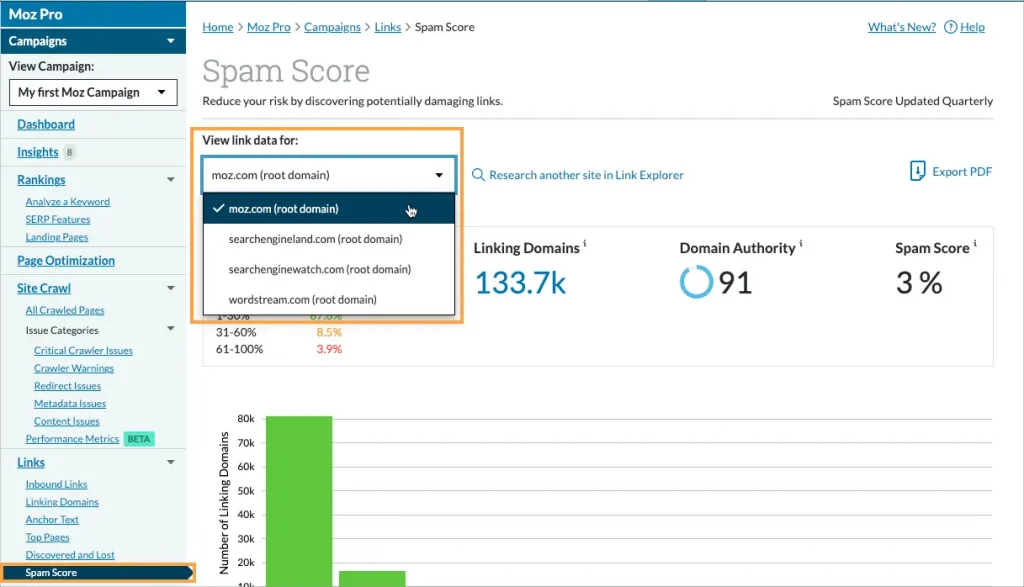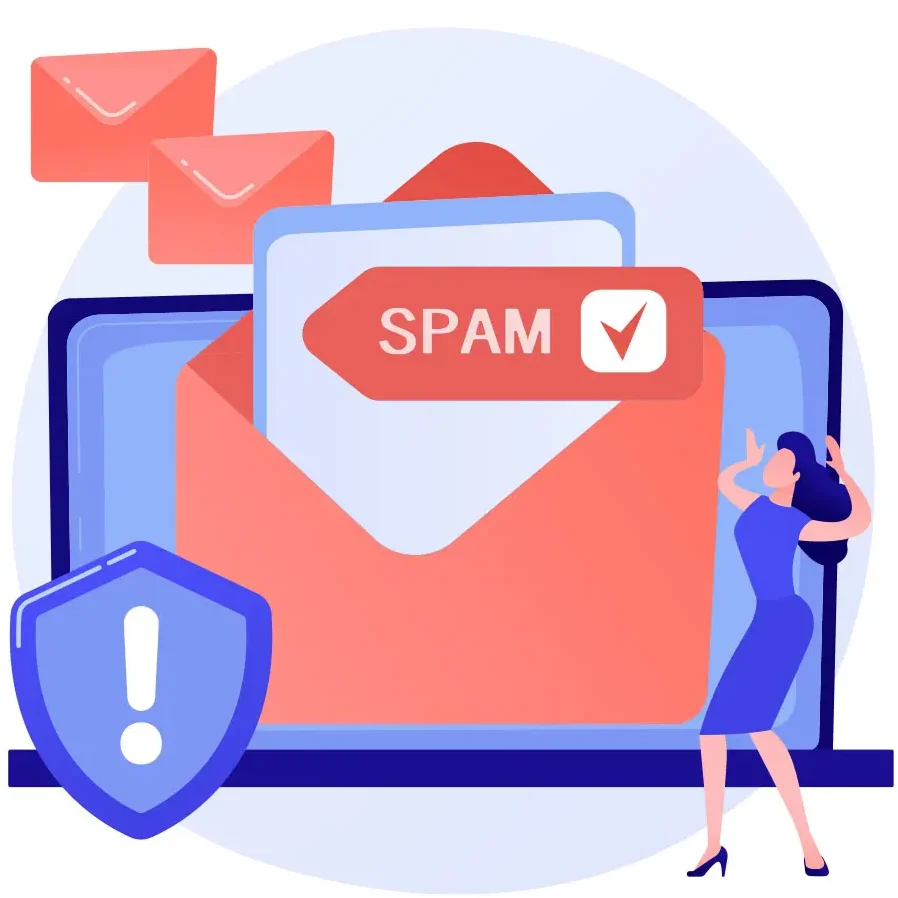Spam scores provide an important indicator of a website’s health. Though not directly impactful as ranking factors, SEOs can use spam scores to evaluate their backlink profile and take measures to improve it.
Moz created its spam score metric in 2015 and uses 27 different spam flags to test websites. While an increased spam score does not necessarily equate to trashy website, it may indicate similarities to websites which were deindexed and/or penalized by Google.
Link Building
If your website’s spam score is high, it could indicate that it attracts links from low-quality sites or employing unsavory tactics to drive traffic to it. Therefore, it’s essential that you identify what factors contribute to its Spam Score and take measures to improve it.
Moz’s Open Site Explorer tool utilizes several factors to assess a site’s spam score, including backlinks, internal links, favicons and content to predict whether a subdomain will likely be considered spam by search engines. They have identified 27 “flags” which they believe correlate to being penalized by search engines.
Keep in mind that having a high spam score doesn’t automatically translate to being penalized by Google; Moz’s tool merely analyzes potential issues that you need to address; Google itself has its own set of ranking factors that affect rankings. Still, working towards decreasing your Spam Score could have significant ramifications on SEO efforts.
Content Marketing
Content creation on your website can have a significant effect on its Moz Spam Score. This can be accomplished by publishing informative blogs, articles and other pieces that answer user inquiries directly and provide useful answers. Publishing more texts over codes may also help reduce its Spam Score.
Moz employs a machine learning model based on this data to detect spam by searching for 27 attributes common among websites penalized by Google and developing a machine learning model to identify their similarities.
One of the key factors affecting your Moz Spam Score is having too many no-follow links in your backlink profile. While this won’t affect rankings directly, having too many no-follows could indicate link-building abuse – something which needs to be closely watched for. Luckily, this issue can be remedied by cleaning up your link profile and disavowing any low-quality or spammy links from it.
On-Page Optimization
Spam scores reveal whether websites are constructed in ways designed to deceive search engines and users, also known as black hat SEO. While such practices can have serious repercussions for a site’s rankings and popularity, there are ways you can avoid spammy backlinks while increasing its credibility and decreasing spam scores.
Spammers typically create page titles that are too long or short and fail to include a favicon; both factors can significantly raise a website’s spam score.
Moz developed their spam metric through research of spammy sites and uncovering 27 common characteristics among them, using 17 “flags” to predict whether or not a subdomain or backlink might be potentially spammy.
Spam Score should not be taken as a reflection of Google rankings; rather, it can serve as an indicator of quality and relevancy. One effective strategy to reduce one’s spam score would be to clean up their backlink profile and disavow low-quality links from their backlink profile.
Keyword Research
Websites containing an excessively large amount of keywords in their meta tags could be considered spammy, as this practice uses keywords to trick search engines into thinking the site is relevant for certain searches. While meta tags should still be utilized when necessary, their usage should be limited and strategically implemented for maximum effect.
No-follow links in a website’s backlink profile could also raise its spam score, signalling possible link schemes or untrustworthy blog networks. To prevent further spam scores from rising, remove these types of links using Moz’s Google tool and disavow them using Moz.
Moz’s in-house spam score doesn’t indicate that a website is trash, it simply indicates it shares similarities to websites which Moz considers to be spammy. Moz uses 27 factors when evaluating websites; altering some could boost its ranking.







